The natural process of melting can be inspiring for artists and designers in a number of ways. On the one hand, it is strongly connected with some force of nature that results in complete transformation of the originally rigid forms, while on the other hand, it is associated with oppressive heat and therefore with laziness and slowness, which is an integral component to the notion of hedonism.
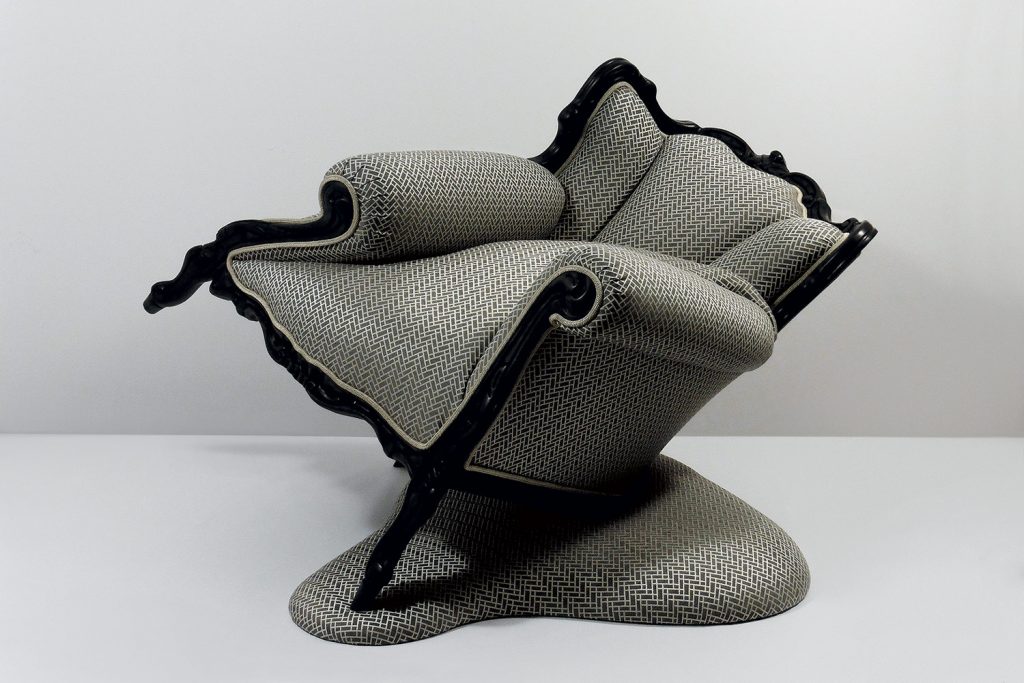
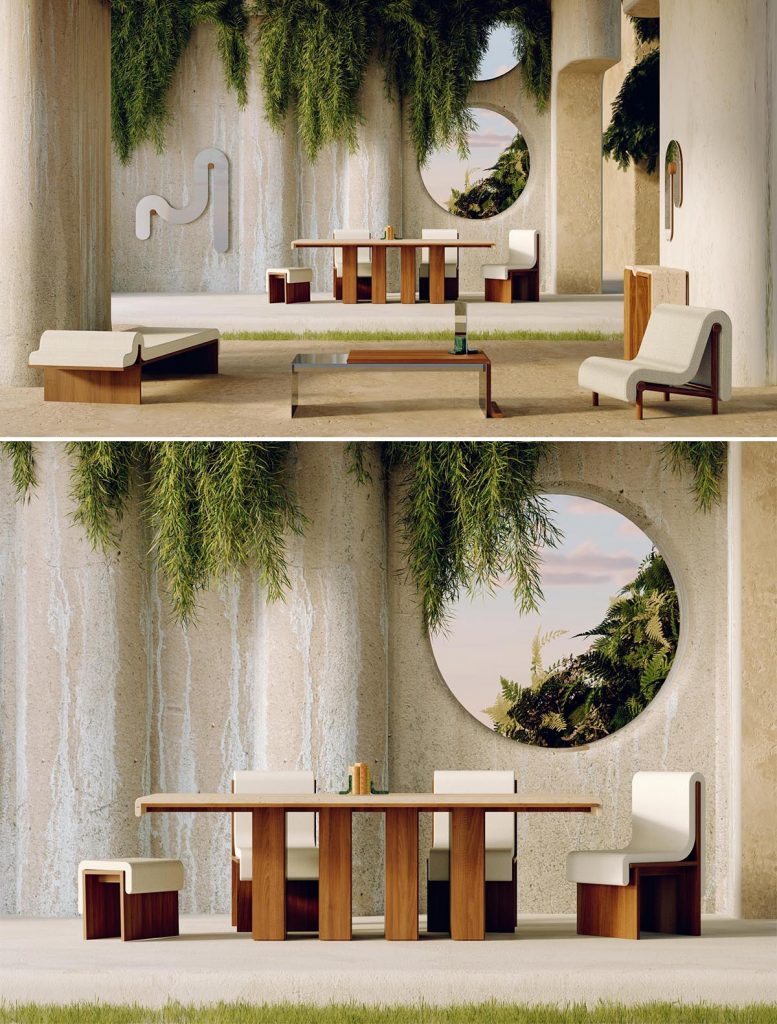
The Melt Collection by Bower Studio
The Melt Collection recently launched by New York City based firm Bower Studio is a continued exploration of reality vs. perception through material and form. It comprises a series of mirrors and furniture pieces as well as home accessories that have undergone a transformation. Although all items are made from different materials, they seem to share the same melting point.
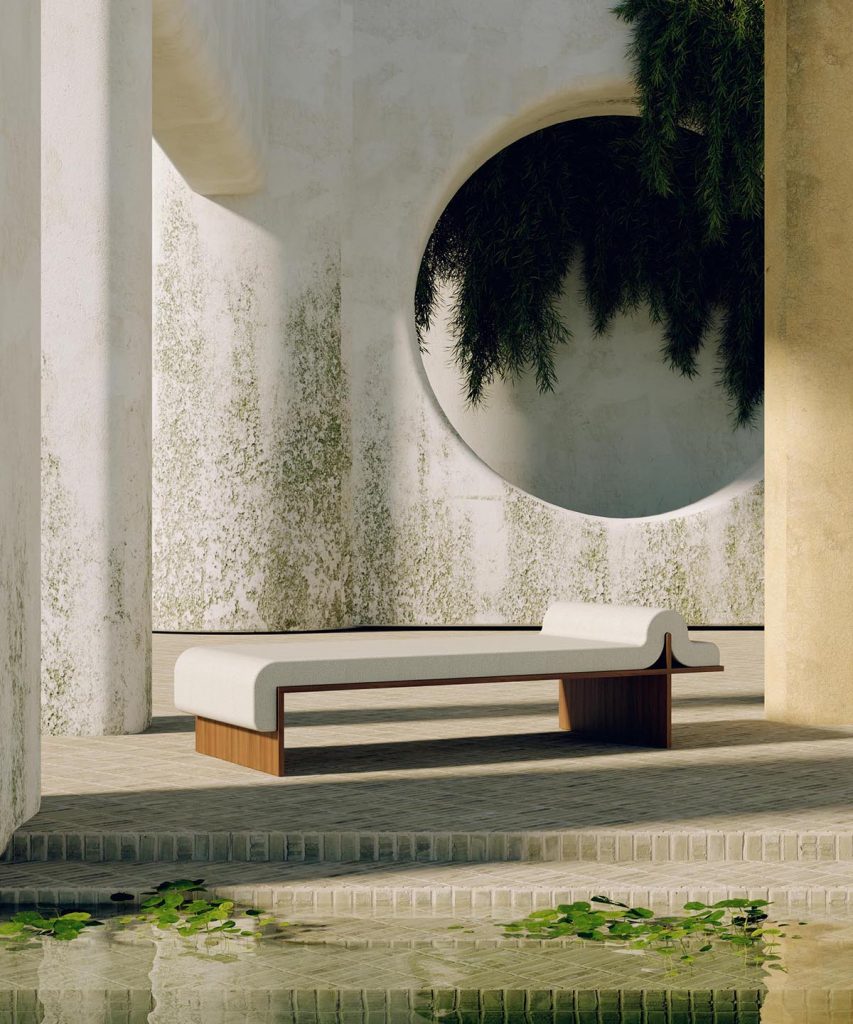
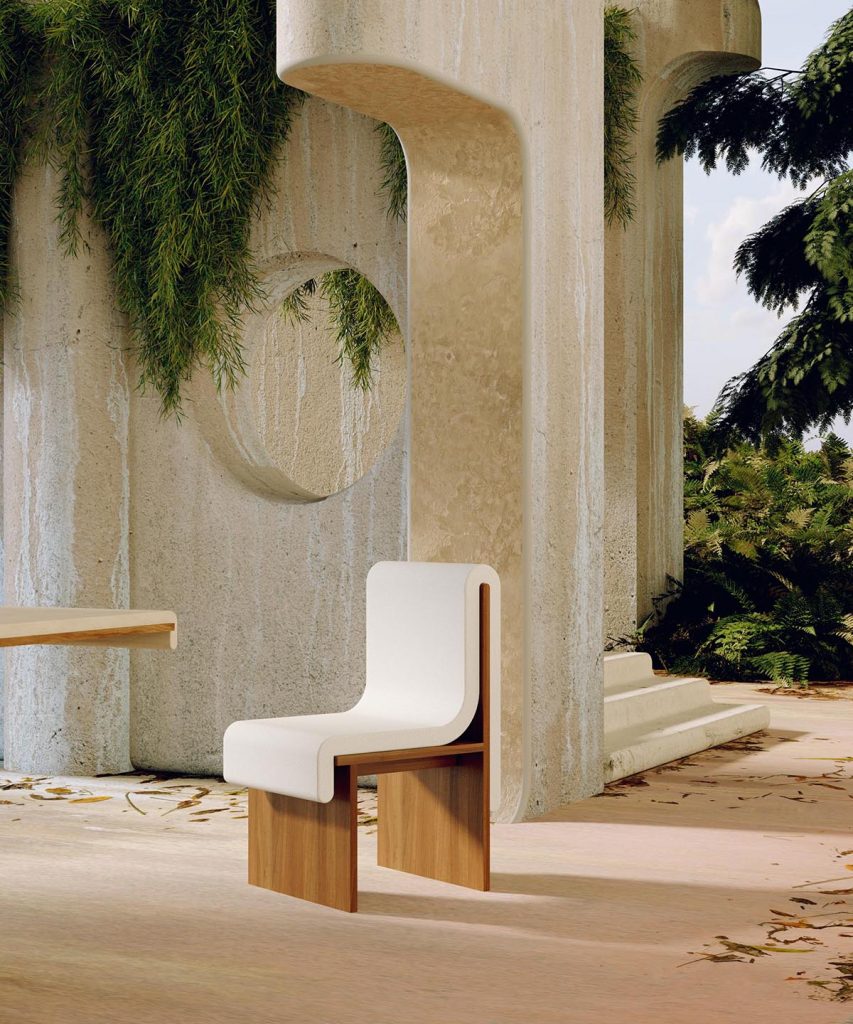
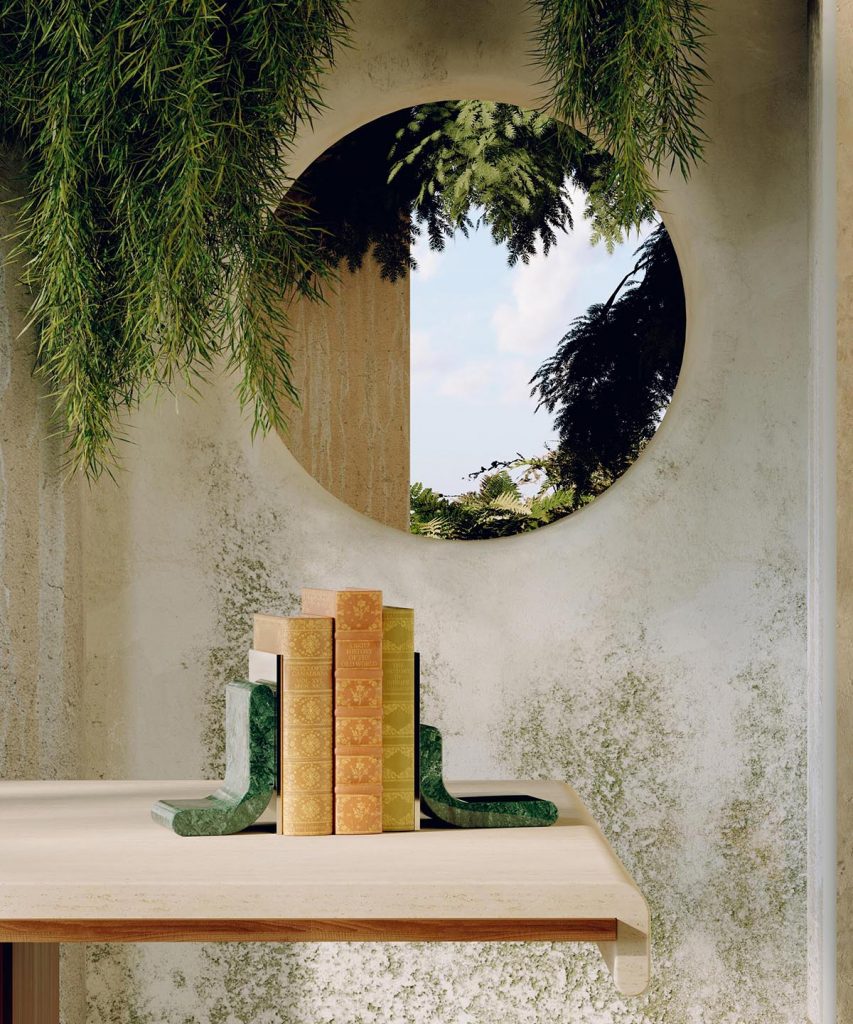
The Melt Collection by Bower Studio
Glass mirrors dangle from wall mounted dowels, with one end draped on the floor; thick upholstered cushions of the chairs and daybeds droop over a rigid frame; while travertine stone slabs and solid wood pieces stretch and slump over the console bases of the tables.

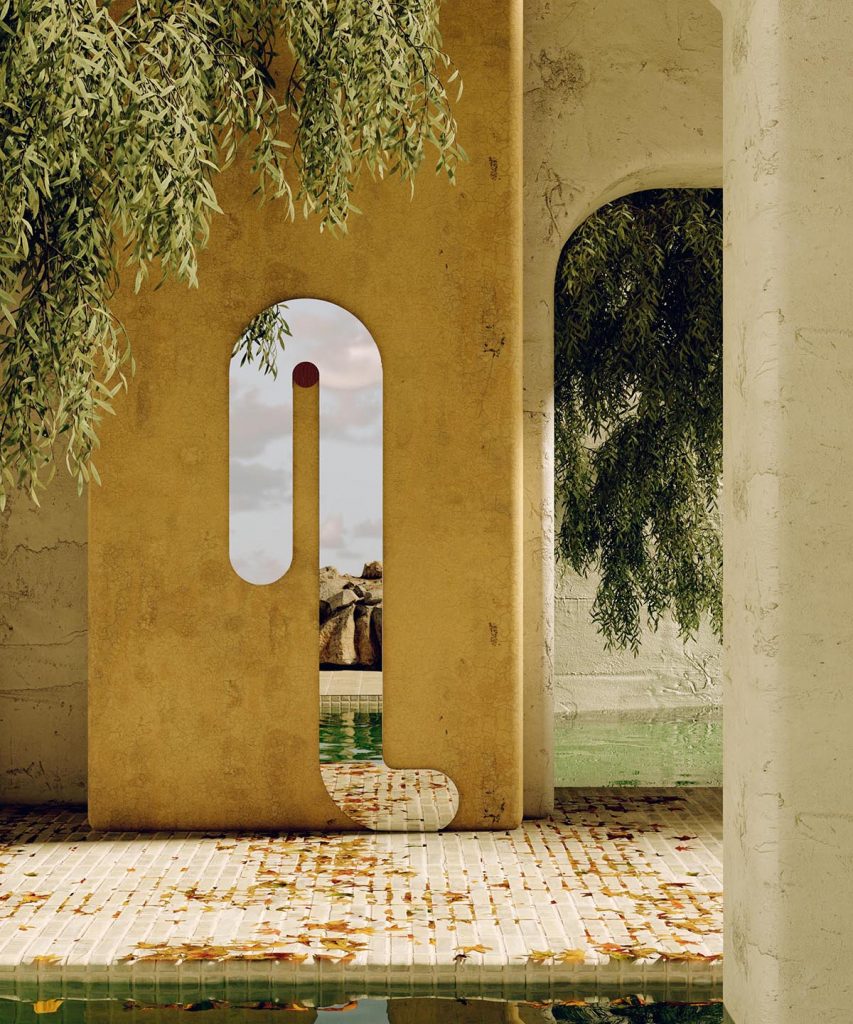
The Melt Collection by Bower Studio
The Melt accessories inspired by the shapes and materials of the collection’s furniture line, include a range of functional and decorative objects for the home and office made from a range of materials from Nero Marquina marble and polished brass to solid wood.
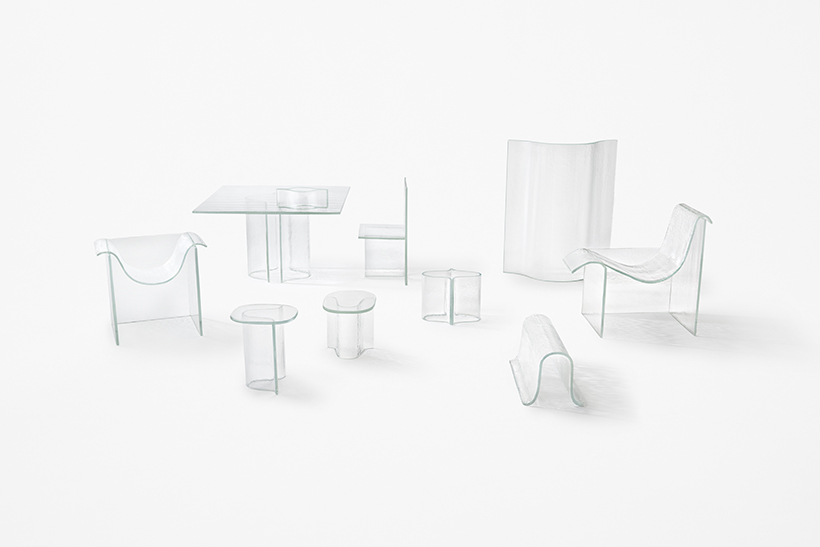
The Melt Collection by Nendo for Wonderglass
For the creation of the cast glass Melt collection for WonderGlass, a manufacturer and expert of Venetian glass, Japanese studio Nendo takes advantage of the viscosity of the glass.
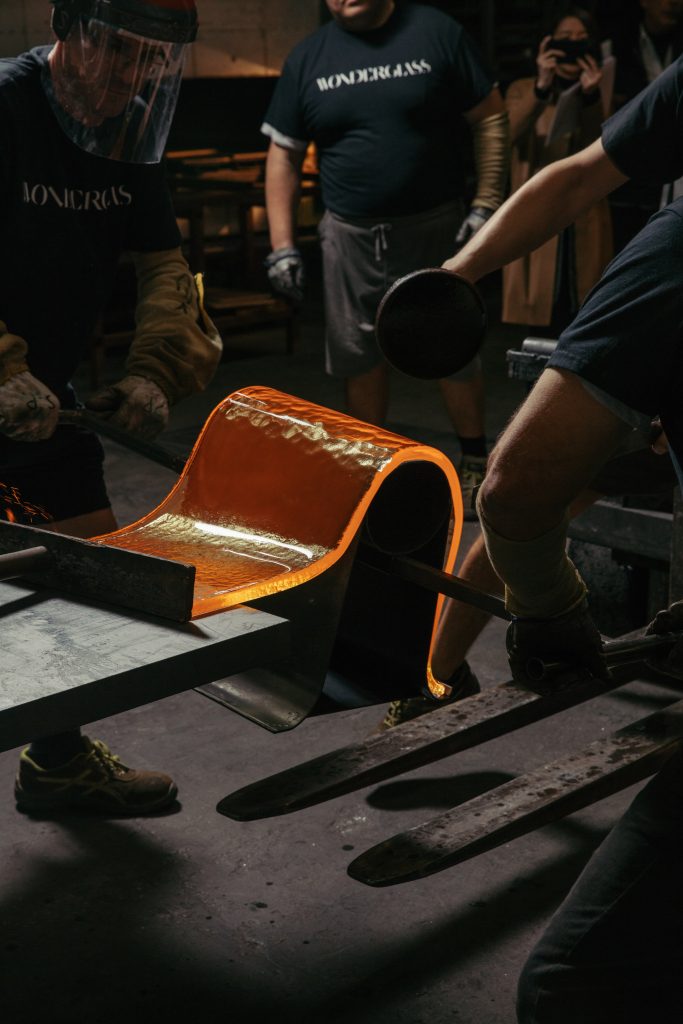
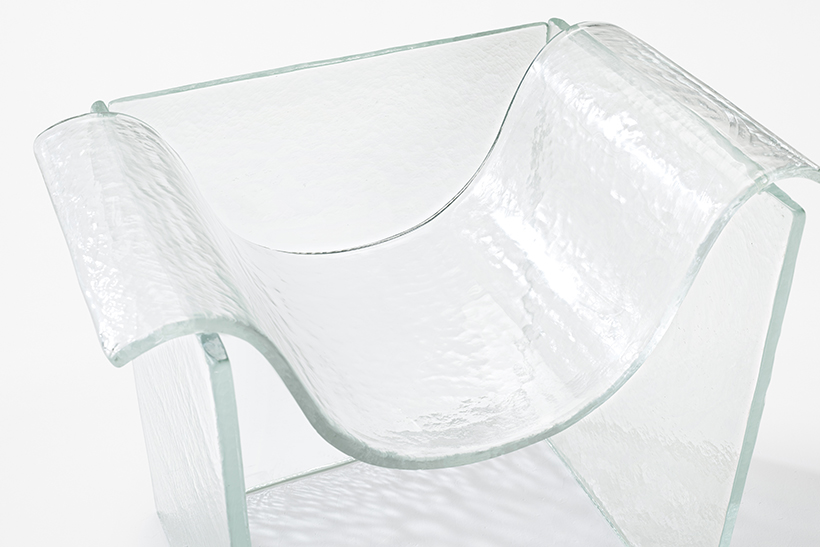
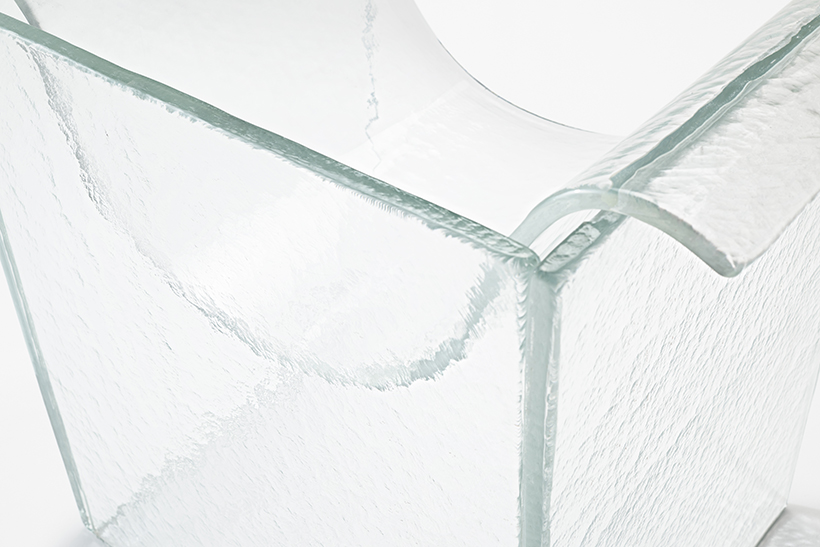
The Melt Collection by Nendo for Wonderglass
In the making process, molten glass is first poured into a square frame, where a number of craftsmen simultaneously even out the surface using iron trowels.
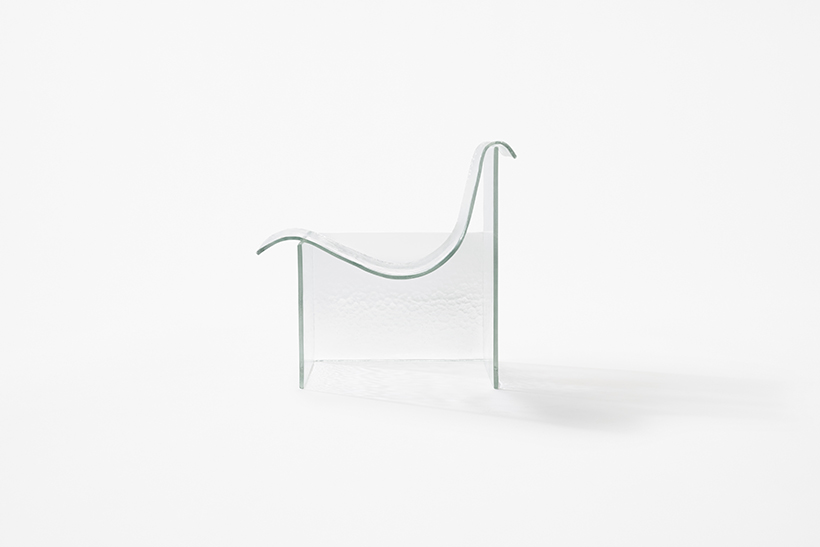
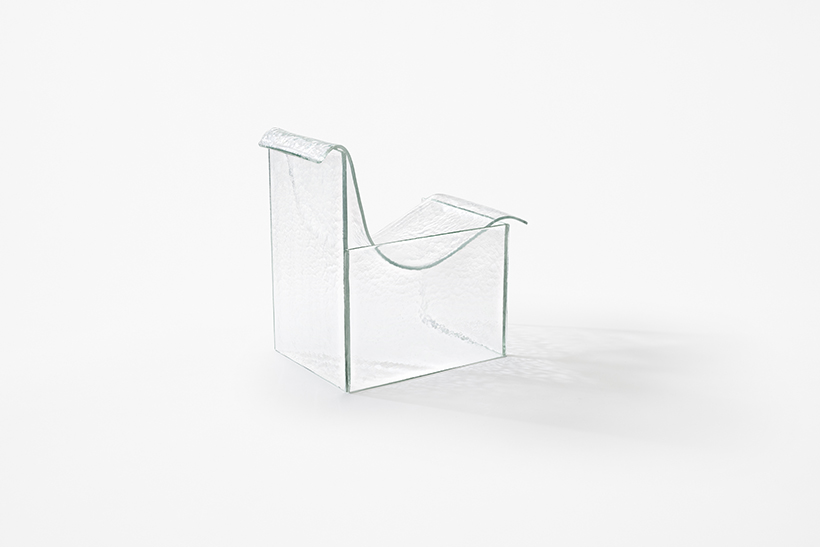
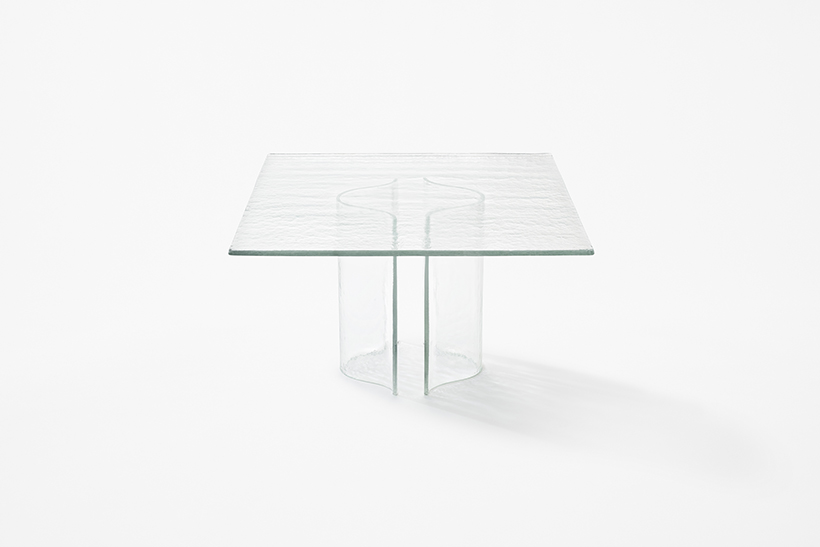
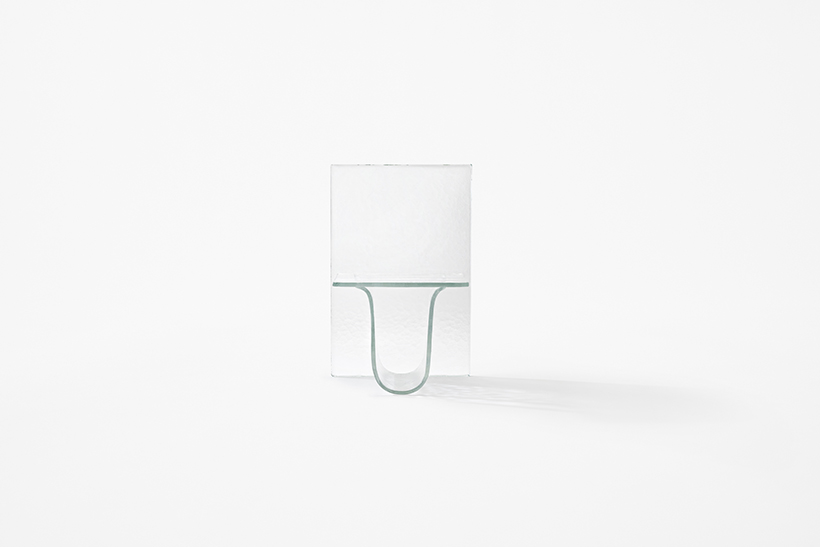
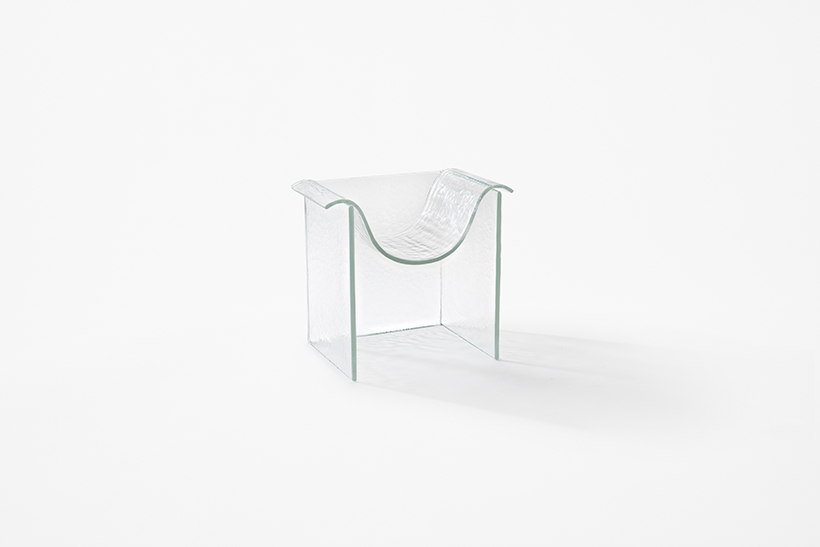
The Melt Collection by Nendo for Wonderglass
The glass gradually cools and upon reaching a certain pliancy, it is moved and placed onto a U-shaped mold or its inverted shape, allowing the glass to slowly sink or stretch to create a beautiful arch formed by the effects of gravity on the material. This process gives the Melt collection its name, as the objects’ draped forms occur as a result of the molten liquid nature of the glass.
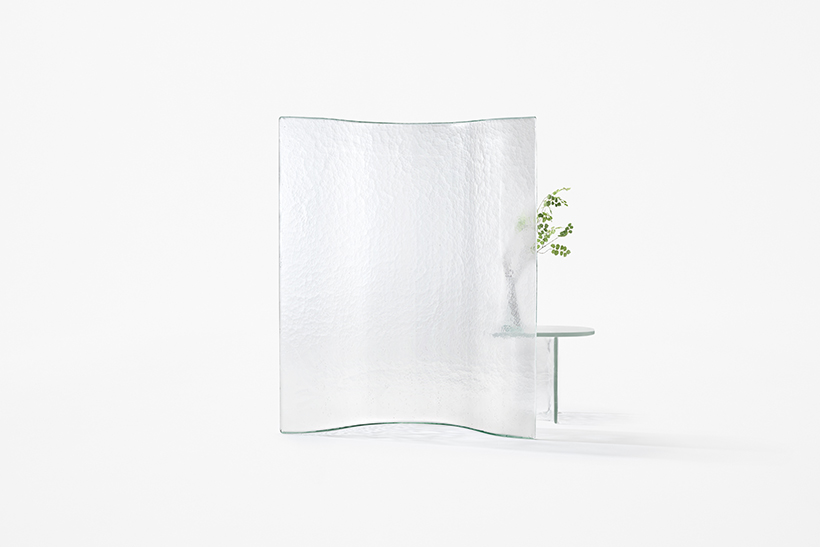
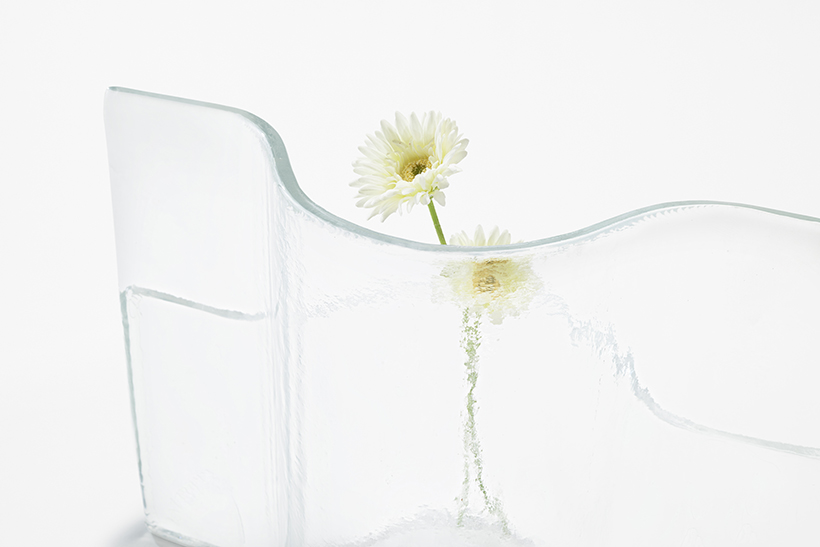
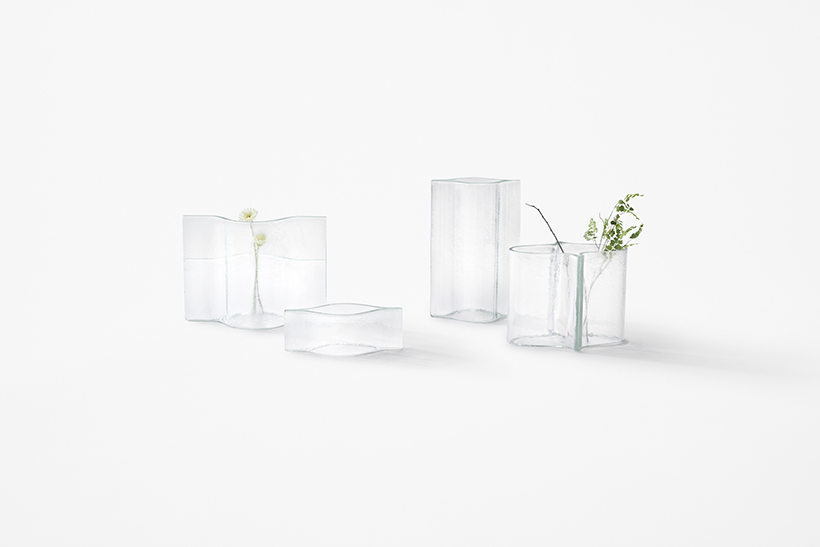
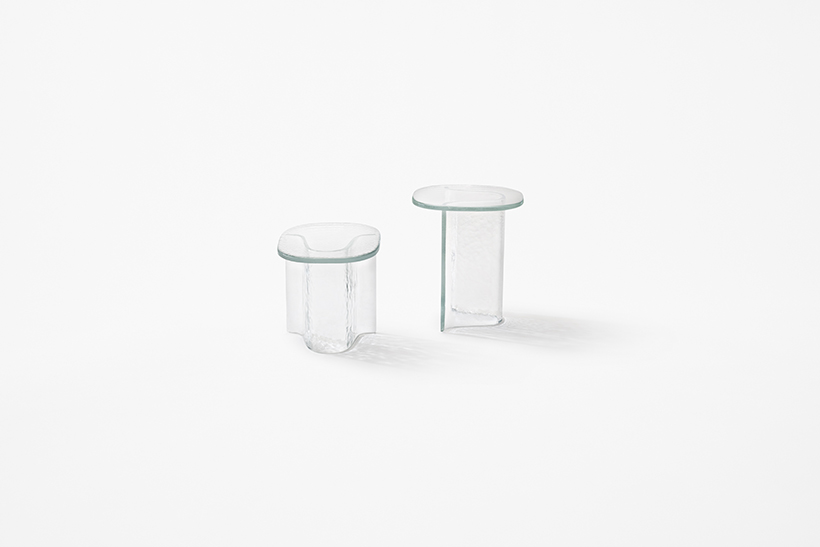
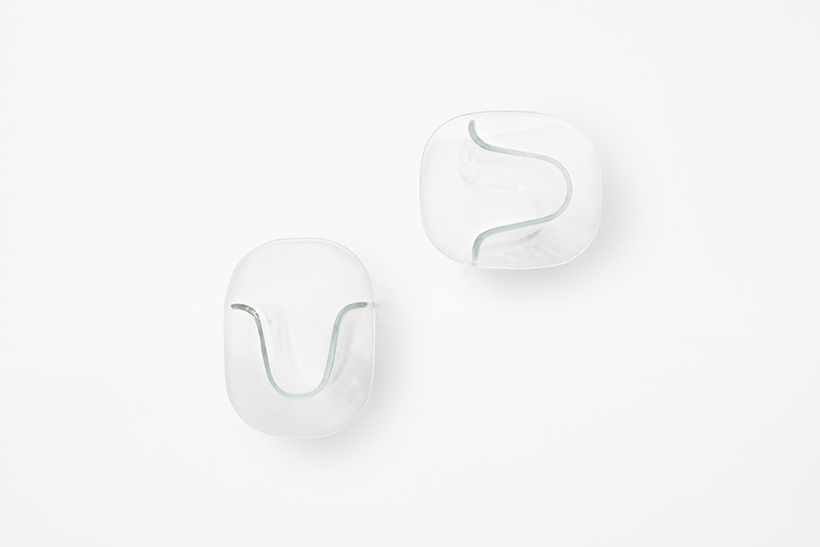
The Melt Collection by Nendo for Wonderglass
Designed by Nendo founder Oki Sato, the Melt collection features armchairs, tables, flower vases, and more. According to the designer, the idea was to allow the glass to control the design process, letting it flow by way of gravity and the weight of the material itself. Glass is rarely used as the main material of furniture. However, a special moulding technology developed by WonderGlass is capable of making big and thick products without using large-scale moulds.
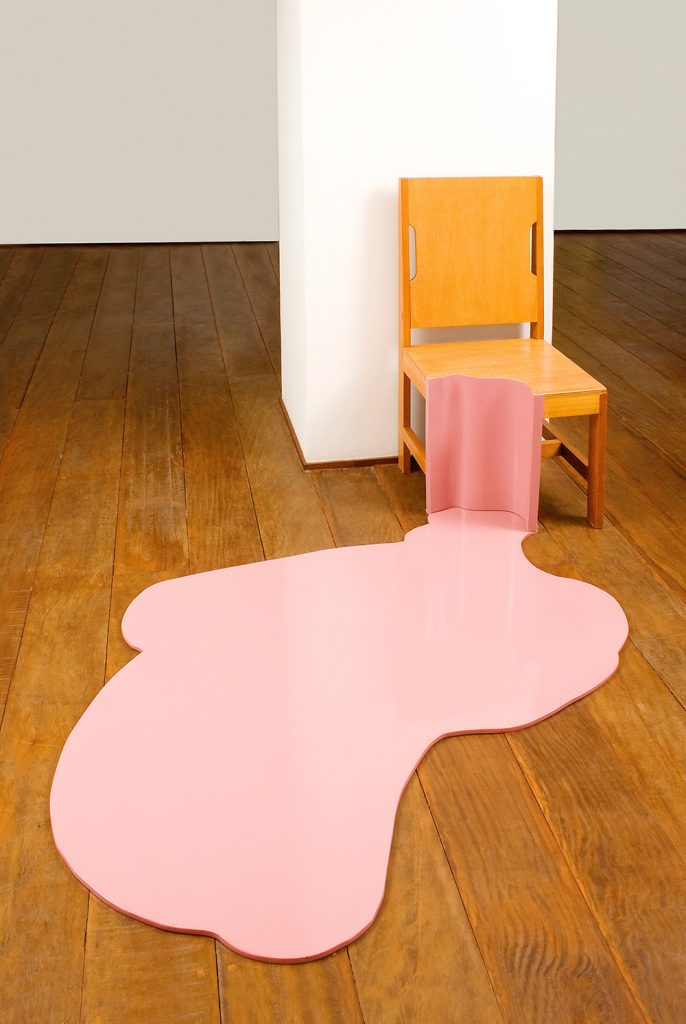
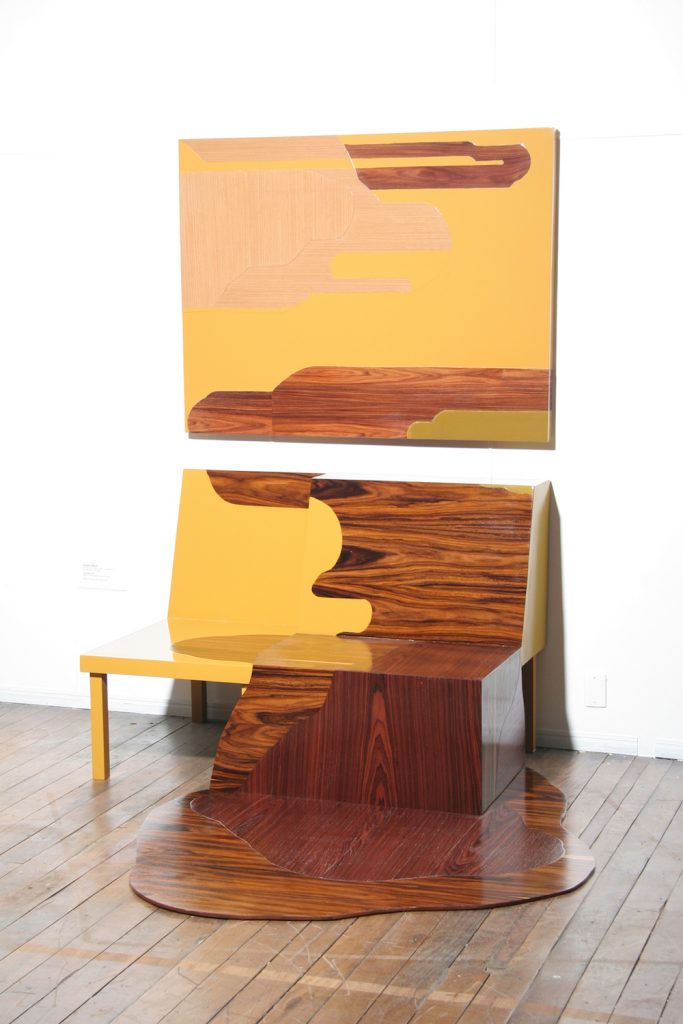
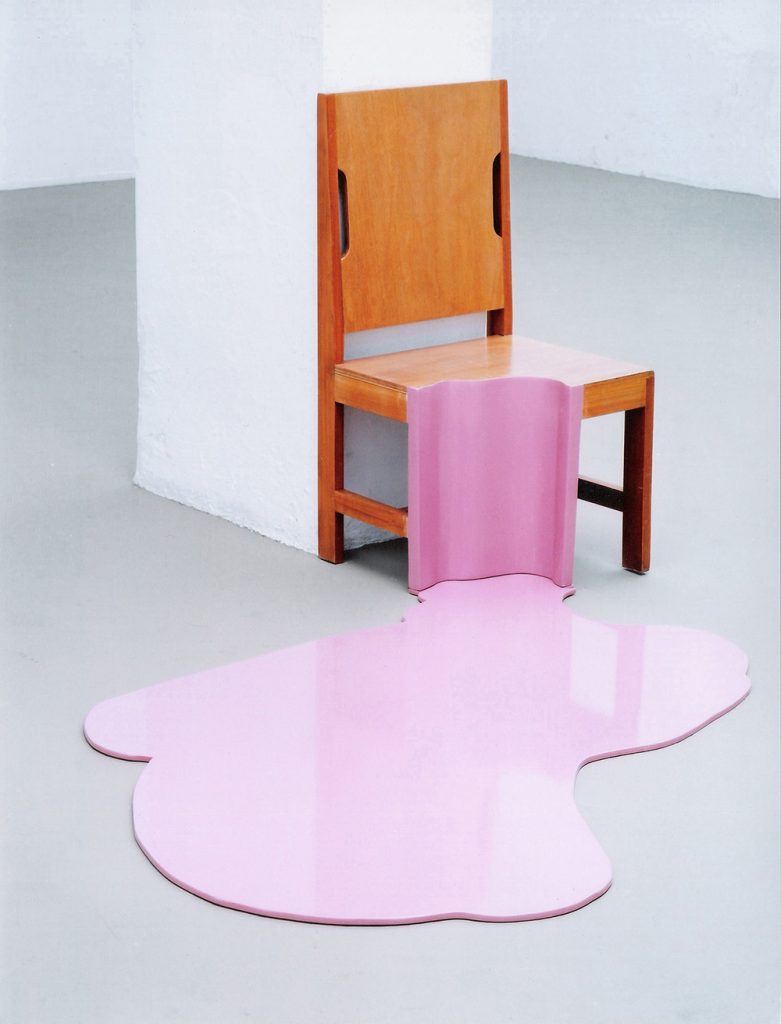
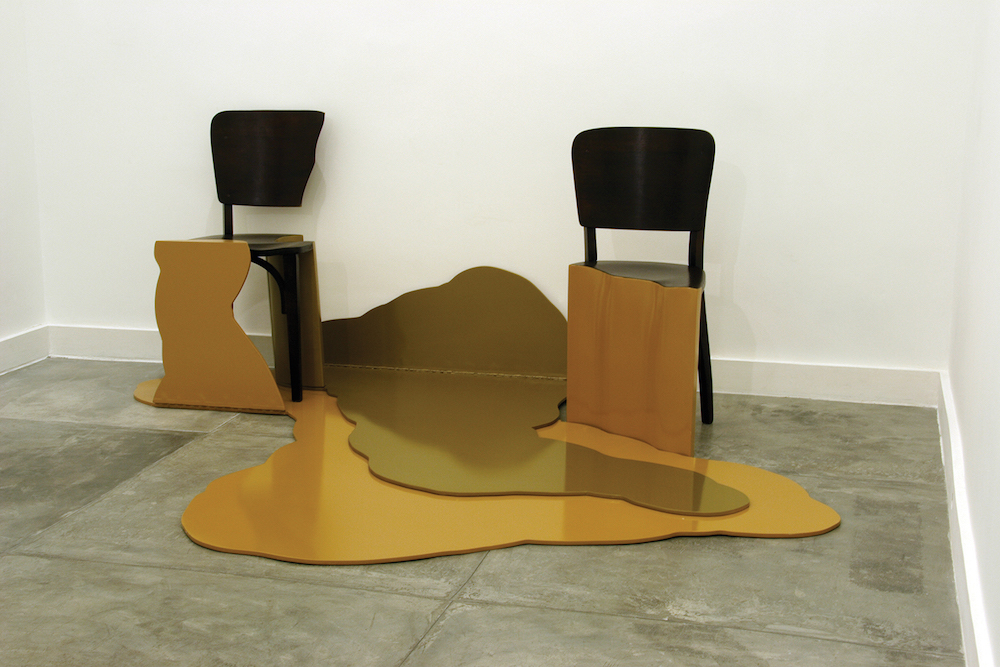
Tail by Tatiana Blass
While the first two collections consist of functional furniture pieces that are inspired by the process of melting, Brazilian artist Tatiana Blass has developed an artistic installation that features several wooden chairs and other sculptural objects that seem to literally merge with the floor. The solid additions of specifically cut lacquered wood or fiber glass create the illusion of brightly colored or woodgrain patterned liquid.
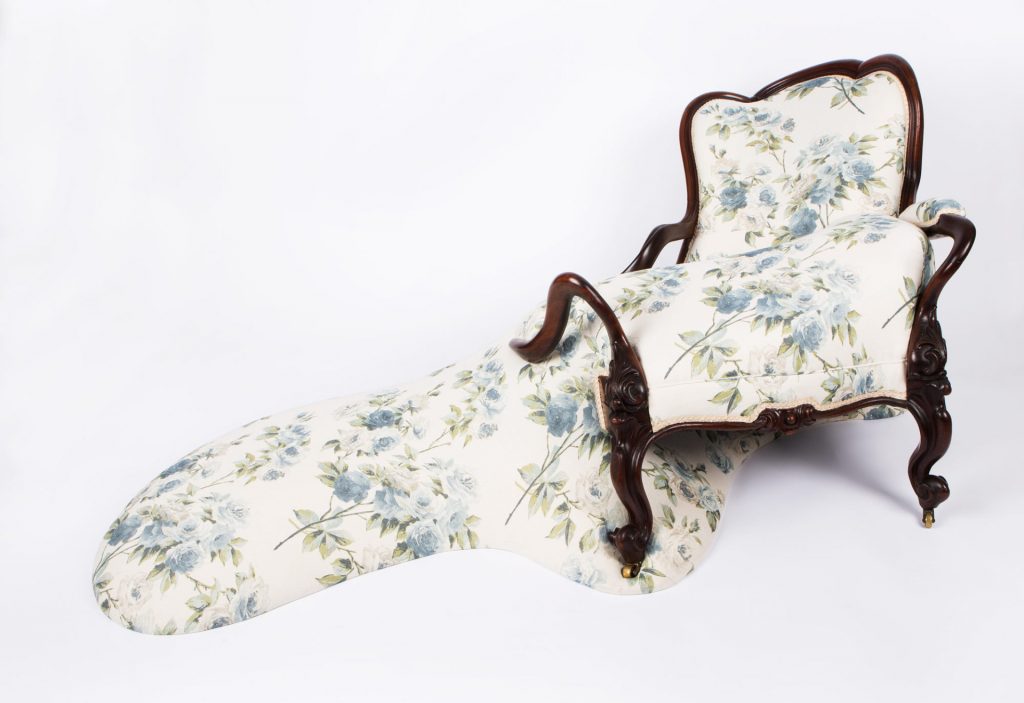
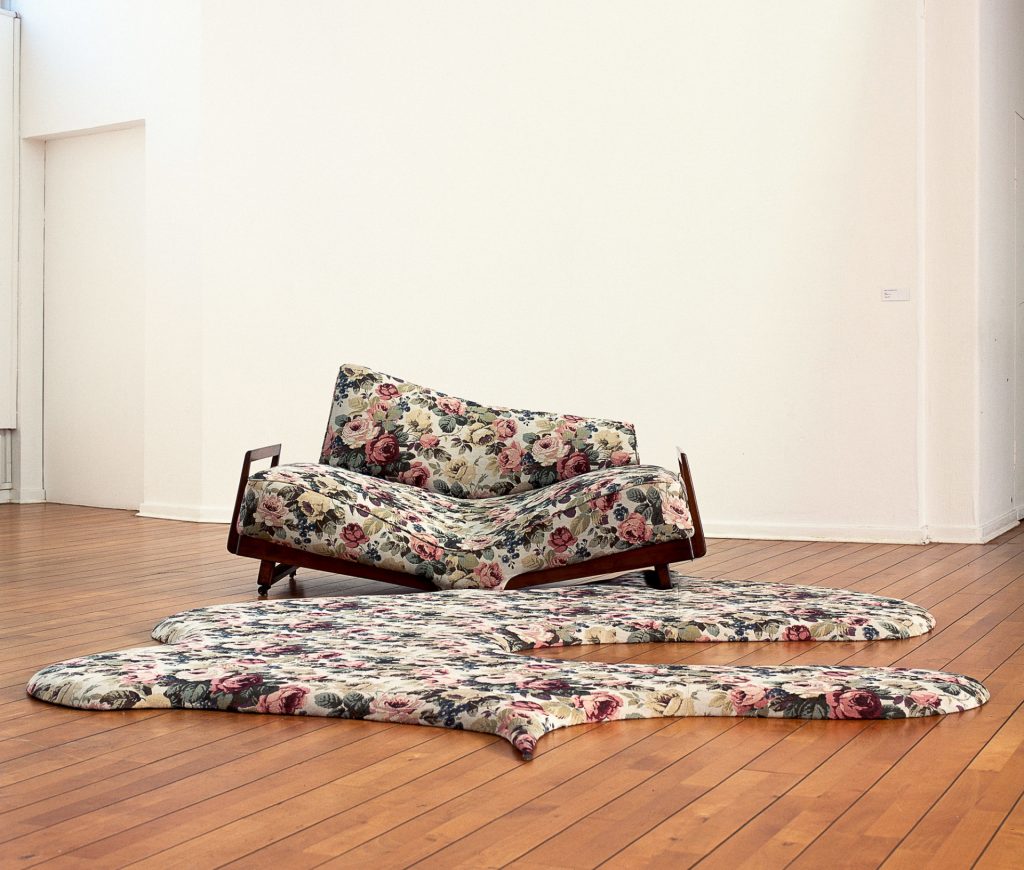
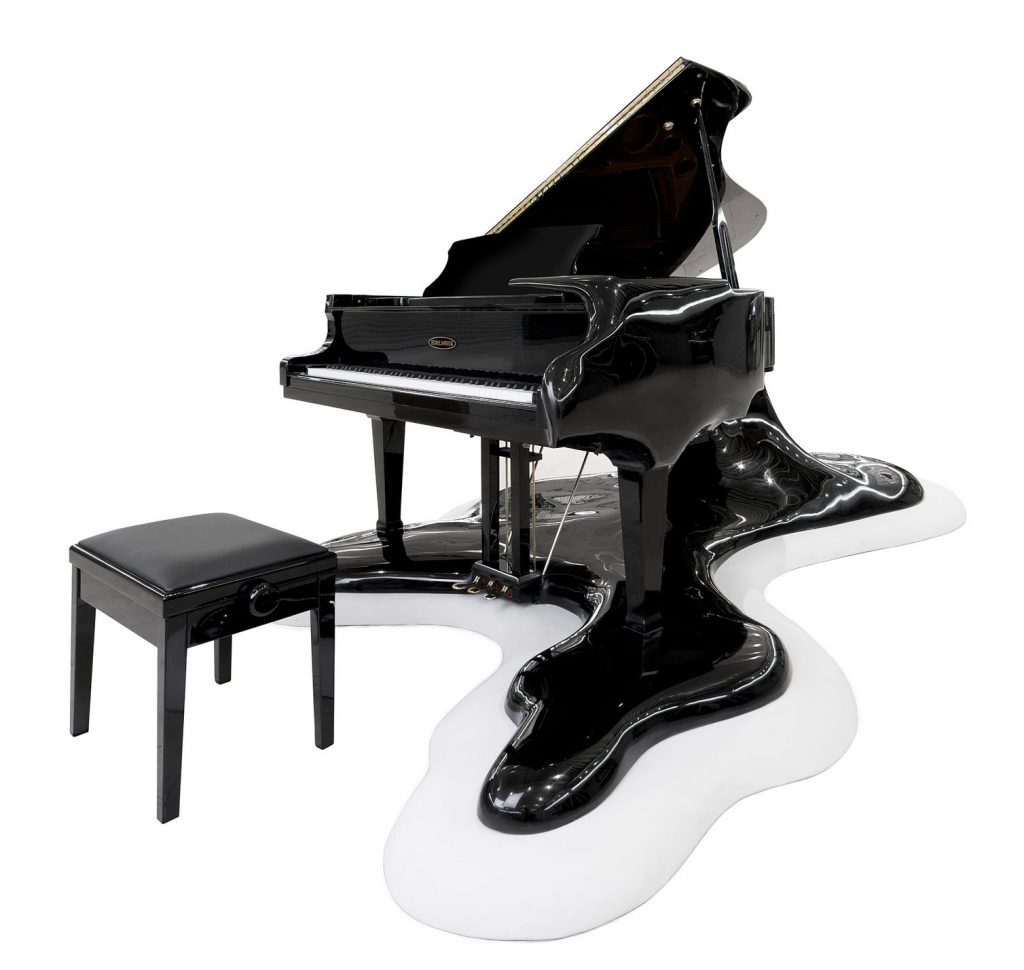
Artworks by Nina Saunders (also header image)
Danish artist Nina Saunders turns second-hand armchairs and love seats as well as other domestic objects into melting sculptural pieces. Unintended for practical use, they appear to be transformed by some force of nature, their legs leaning to an unnaturally slanted angle and floral fabric dripping onto the floor.